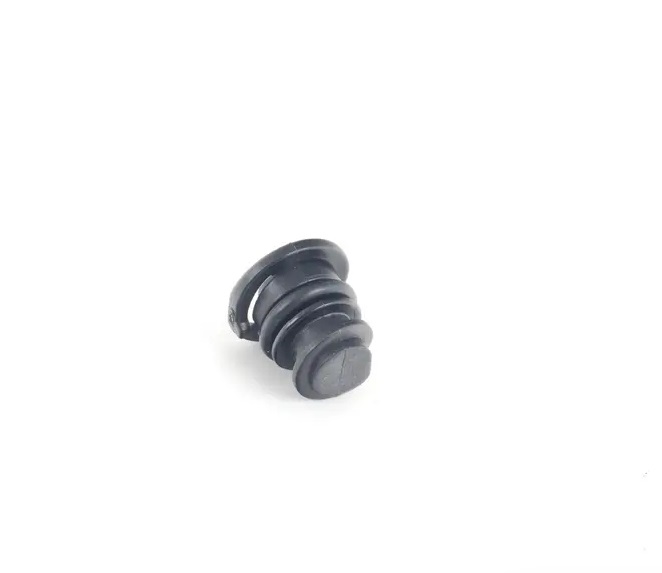axial o ring
Understanding Axial O-Rings Key Components in Sealing Technology
O-rings are ubiquitous components used across various industries for sealing purposes. Among the different types, the axial O-ring stands out due to its unique design and functionality, especially in applications requiring reliable sealing under axial loads. This article delves into the characteristics, applications, and benefits of axial O-rings, shedding light on why they are critical in many engineering contexts.
What is an Axial O-Ring?
An axial O-ring is a circular sealing element made from elastomeric materials that are designed to fit into a groove and create a seal between two mating surfaces. Unlike traditional O-rings that may operate under radial loads, axial O-rings are specifically oriented to handle forces that are applied along the axis of the assembly. This orientation allows them to maintain an effective seal even when subjected to axial pressures, making them ideal for various mechanical systems.
Materials Used in Axial O-Rings
The performance of axial O-rings is heavily influenced by the materials used in their construction. Common materials include
1. Nitrile Rubber (NBR) Known for its excellent resistance to oil, fuel, and other chemicals, NBR is widely used in automotive and industrial applications. 2. Fluorocarbon (FKM) This material offers superior temperature stability and chemical resistance, making it suitable for harsh environments. 3. Silicone With a high degree of flexibility and temperature tolerance, silicone O-rings are commonly found in food processing and medical applications.
4. Polyurethane Known for its abrasion resistance and durability, polyurethane axial O-rings are often used in hydraulic applications.
The selection of material is crucial, as it directly impacts the O-ring’s performance and longevity in a given application.
Applications of Axial O-Rings
axial o ring

Axial O-rings are utilized in a multitude of industries, including
- Automotive They seal components such as pumps, cylinders, and transmission systems, preventing leaks that could lead to system failures. - Aerospace In aircraft and spacecraft, axial O-rings are critical for sealing fuel systems, hydraulic lines, and pressurized cabins where safety is paramount.
- Manufacturing Machinery They are often integrated into hydraulic systems and pneumatic equipment, ensuring efficient operation by preventing fluid leakage.
- Consumer Products From appliances to plumbing fixtures, axial O-rings help create tight seals that enhance product reliability.
Benefits of Using Axial O-Rings
1. Effective Sealing Their unique design allows them to provide superior sealing capabilities under axial loads, reducing the risk of leaks.
2. Versatility Axial O-rings can be adapted to various sizes and materials, making them suitable for a range of applications across different industries.
3. Cost-Effective They are relatively inexpensive compared to other sealing solutions, providing a reliable and efficient sealing method without significant upfront costs.
4. Ease of Installation The standard design of axial O-rings allows for straightforward installation, making them user-friendly for engineers and technicians.
In conclusion, axial O-rings play a vital role in modern sealing technology, providing effective solutions for preventing leaks across various applications. Their adaptability, coupled with the wide range of materials available, ensures they remain an essential component in the design and manufacture of reliable systems in numerous industries. With ongoing advancements in material science, the future of axial O-ring technology promises even greater efficiency and reliability.
-
The Ultimate Guide to Boat Propeller Bearings and Trailer Wheel Bearings
News Jul.31,2025
-
The Essential Guide to Marine Bearings and Boat Trailer Wheel Bearings
News Jul.31,2025
-
The Complete Guide to Heavy Duty Seals: Protecting Doors and Spaces Efficiently
News Jul.31,2025
-
Essential Guide to Marine Shaft Bearings and Boat Trailer Axle Bearings
News Jul.31,2025
-
Comprehensive Guide to Marine and Trailer Bearings for Safe Boating and Transport
News Jul.31,2025
-
Comprehensive Guide to Automotive Oil Seals: Protecting Your Engine and Shafts
News Jul.31,2025
-
Understanding Automotive Oil Seals: Essential Components for Engine and Shaft Protection
News Jul.30,2025
Products categories















